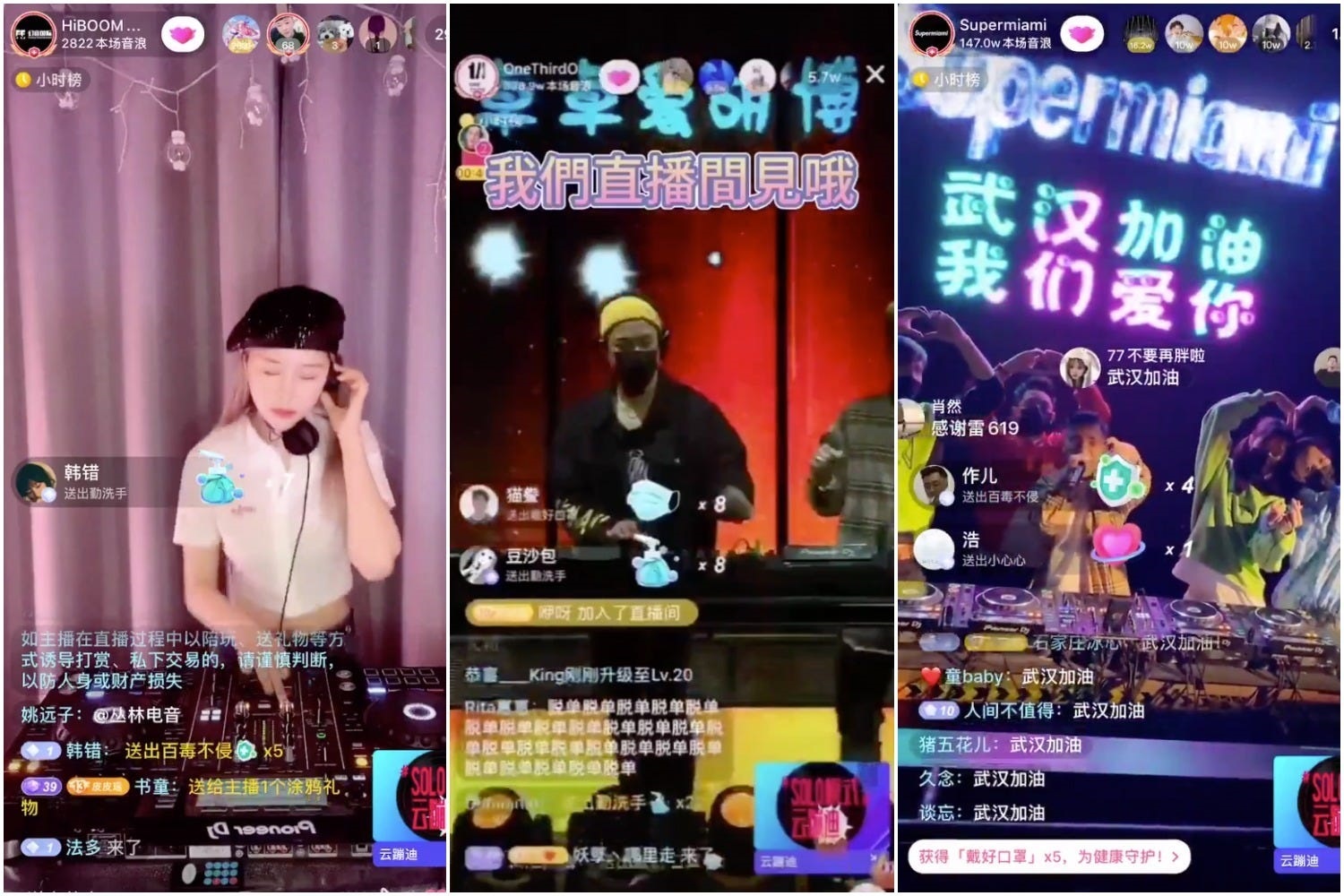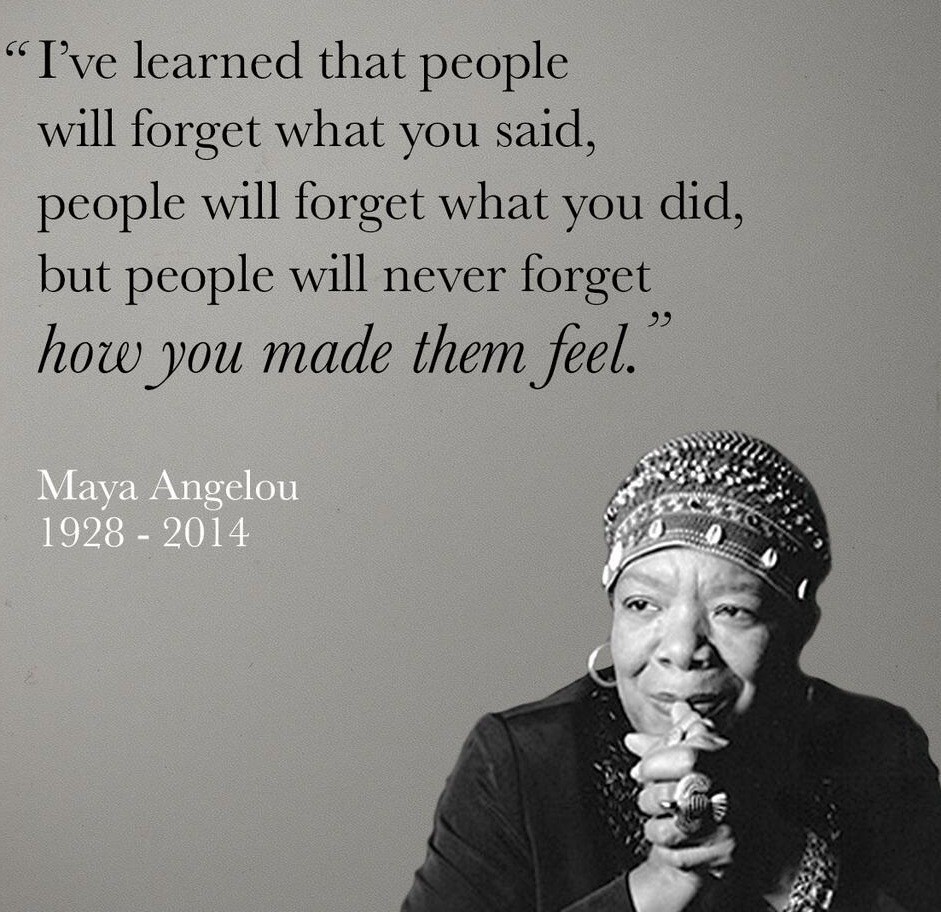For MICE (meetings, incentives, conferences and exhibitions) brands and event organisers, it is not the end of the world even though they have been waking up to the news of mass gatherings and high-end conferences being cancelled all over the world for the past few months, writes Kestrel Lee, Executive Creative Director of Freeman China.
Although the pandemic's disruption does not mean the end of traditional meetings, their positioning in the meeting industry is becoming secondary due to travel bans and lower demand.
Even without the coronavirus, astute event marketers are already planning viewing parties at home or office environments for indoor brand activation due to the important sports seasons (Tokyo Olympics, UEFA Euro 2020, League of Legends World Finals) before they were postponed to 2021. Now, stay-at-home initiatives and cloud marketing are firmly key trends of 2020.
To capitalise on this, Huawei and Xiaomi scrapped their offline phone launch events, for the P40 Pro and the Redmi Note 9 respectively, in favour of livecasts by their leaders. Self-quarantined Chinese also turned to ‘cloud raves’ where nightclubs live-stream DJ sets via Douyin (TikTok's domestic version in China). A veritable money-making machine, a 4-hour DJ-driven live-stream could earn around USD$100,000 from over 70,000 home clubbers who could tune in, comment and dance to the music.

Event marketing is all about holistic activations, including digital communications and content messaging which are key to developing storytelling and brand experiences that can be easily shifted from offline to online based on the coronavirus situation. Regardless of a virtual or physical event, there will be many digital tools and channels to leverage, such as chatbots, web conferencing, virtual reality, and immersive product showcases.
In fact, virtual event planning and delivery require a very specific set of skills: having a narrative arc to keep attendees engaged, and making sure the technology allows for two-way engagement. Executing a successful virtual event is much more than turning on a camera or downloading a live-streaming mobile app.
Virtual events range from strictly online experiences, such as a live-streamed presenter, to more hybrid ones, which merge the energy of an onsite audience with the engagement of remote participants. At the same time, not all providers of virtual events are built the same. It’s important to find a partner who can deliver your brand’s goals and vision. Do you require distribution technology that can store and broadcast content to audiences both locally and globally? Would you benefit from an e-commerce space for your content? In other words, know what types of digital media and event technology resonate with your audience. For example, younger participants might prefer a ‘light-weight’ virtual event optimised for mobile devices, requiring minimal login processes. More mature audiences might prefer a more secure login with richer content and higher production values — since they traditionally have more disposable income and in turn may be more inclined to transact through a paywall.
Also, the days of passive audiences are over — audiences are more likely to engage with brands when it’s a two-way conversation. Therefore, it is crucial to allow for audience participation and involvement in the form of online Q&As, polls, or quizzes. Consider tapping into a second screen solution to accompany the virtual event. Try interviewing an attendee and letting them be the star during a streamed session, or get a large group involved in a dynamic chat room. What matters is letting presenters and audiences have the most intimate relationship possible.
That intimacy applies to content as well. Repurposing content is the smart way to keep a virtual event going long after it’s over. Ask yourself how can you continue to leverage the event's content in different digital channels. Some examples include producing bite-sized video snippets, recapping blog posts, sharing slides, and distributing audio content for podcast outlets. Of course, providing event sessions or speaker presentations behind paywalls can greatly manage costs, and audiences seldom have a problem paying for what is relevant and valuable. What’s important is that your virtual event is part of your year-round marketing strategy — 365, 24/7.
Well, we know that the year-round marketing strategy for the rest of 2020 will be messy amid the saturation of virtual events fighting for attention with rival virtual events and coronavirus news updates from the government. To break through the virtual-event clutter, think along the lines of occasion marketing where a 'grand gesture' can be turned into a newsworthy, streamable occasion. A good example was LVMH offering to create 12 tons of hand sanitisers for France for free, which became news that travelled quickly in China.
Digital tech is second to none when it comes to capturing specific lead information and audience data after a virtual event in order to measure the performance of your event. In China, we see live-streaming overtaking television as a predominant DTC (direct to consumer) media channel. With television production halted by Chinese authorities since February, traditional TV has been replaced by live-streaming events or e-commerce promotions. Sportswear giant Adidas China did a Taobao live-stream to host an exclusive online debut of its limited-edition Superstar sneaker during its Tmall Super Brand Day in March 2020. Its 60-minute broadcast drew 2.23 million viewers and generated more than RMB200 million in sales within 10 hours, which is a testament to its staying power with audiences.
For B2B brands like MICE enterprises, exploring live-streaming to create content on an online video channel, B2C-style, is worth considering. By mixing a podcast recorded or videocast filmed onsite with WeChat content, they can be used as webinars for your corporate website. Given that live virtual events attract audiences that include the press, they can also be regarded as messaging exercises. This requires a content strategy that emulates a programming rundown based on a newscaster format. Speakers also need to be media-trained to put their best foot forward.
For Freeman, virtual events on the ‘cloud’ are forms of brand activations that can happen online, but is integrated with an experiential opportunity to drive emotional engagement. The end result is like the quote from Maya Angelou.

This approach is an ideal way to deal with all the cancellations of large-scale events in the world and reach audiences in innovative ways. In the USA, Freeman is creating virtual trade show platforms that provide peer-to-peer connections with keynote speakers. Our work there also includes developing live-streaming sites for the Google AdWords Performance Forum and the ASU GSV Summit. In the words of our global CEO Bob Priest-Heck, “the truth is, live events as a communication/marketing channel is not going away... People crave connection, and ours is too powerful of a medium to just evaporate.”
In conclusion, a live virtual event strategy is a form of business continuity planning for brand marketers and event organisers. Make your 2020 response to cancellations and postponements an evolutionary step for your post-pandemic event planning.

